Finances
How to Create a Monthly Budget That Actually Works (and Doesn’t Feel Like a Chore)
If your money seems to vanish by mid-month, it's time to rethink your strategy. This guide shows how to build a monthly budget that truly works—no stress, no fluff.
Advertisement
A Practical Guide to Managing Your Money – Even with Debt
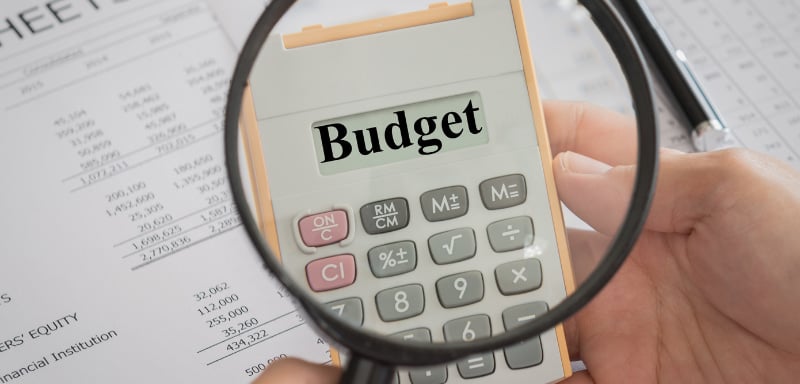
Struggling to get your money under control? Feeling like your paycheck disappears faster than your favorite snack? You’re not alone—and guess what? Creating a monthly budget that works isn’t about cutting all the fun out of life. It’s about making your money work for you, not the other way around.
If you’re a 28-year-old Londoner juggling rent, credit card debt, and trying to keep up a social life—this guide was made with you in mind.
Step 1: Understand Why You Need a Budget
Let’s get real. Budgeting sounds boring. But if you’ve ever looked at your bank account and thought, “Where did it all go?”, a personal budgeting plan might be your new best mate. A budget helps you stop reacting to money problems and start preventing them.
Think of a monthly budget as your money map. It shows you exactly how much you have, where it’s going, and how to make better decisions. It’s not about restriction—it’s about freedom. Especially if you’ve got credit card debt lingering, having a plan gives you back control.
Step 2: Track Your Spending (Yes, All of It)
Most people think they know where their money goes—until they track it. You might be shocked by how much disappears on daily coffees, takeaways, or random impulse buys. Getting a full picture of your habits is key to real change.
📝 Action Step: For one month, track everything you spend. Yes, even that cheeky pint or late-night takeaway. Use a budgeting app (like Emma or Money Dashboard, both popular in the UK) or a simple spreadsheet.
Step 3: Know Your Numbers

Now it’s time to lay your finances out on the table. This step helps you see what’s coming in, what’s going out, and what’s left over. Once you know the numbers, you’ll spot exactly where to adjust.
Here’s what you need to list out:
- Your income (after tax): salary, side gigs, freelance, etc.
- Fixed expenses: rent, utilities, transport, subscriptions
- Variable expenses: food, entertainment, clothing
- Debt repayments: credit cards, loans
When it’s all written down, you’ll see how much is left—or how much you’re overspending.
Step 4: Choose a Budgeting Method That Suits You
Not all budgeting methods fit every personality. The key is choosing one that feels natural. If it’s too rigid or confusing, you probably won’t stick with it. Luckily, there are a few great options worth trying:
🟢 50/30/20 Rule
- 50% needs
- 30% wants
- 20% savings & debt repayment
This is ideal if you want structure without too much fuss.
🟡 Zero-Based Budgeting
Every pound is assigned a job. If you earn £2,000, you “spend” all £2,000 on expenses, debt, and savings—nothing left floating.
It’s perfect for detail-lovers and those who want to pay off credit card debt quickly.
🔵 The Envelope Method (Digital Version)
Divide your money into virtual “envelopes” for categories. When one’s empty, spending stops in that area.
Great for keeping impulse purchases in check.
Step 5: Make Room for Debt Repayment
If you’re carrying credit card debt, now’s the time to tackle it. Interest builds fast and eats into your future goals. Tackling debt isn’t just financial—it’s emotional relief too.
🎯 Try this:
- Use the avalanche method: pay off the highest-interest debt first.
- Or the snowball method: pay the smallest balance first for quick wins.
Whichever you pick, treat debt repayment like a must-have line in your budget.
Step 6: Automate What You Can
Life gets hectic. Bills slip through the cracks. But automation is your secret weapon. It keeps your finances running smoothly—no mental load required.
💡 Automate your:
- Rent and utility payments
- Minimum debt repayments
- Savings (yes, even £20/month adds up!)
Automation helps you stick to your monthly budget without overthinking it.
Step 7: Cut Costs Without Killing Joy
Budgeting shouldn’t feel like punishment. You can still enjoy life—just more mindfully. The idea is to stop overspending, not stop having fun.
Try these quick wins:
- Swap nights out for BYOB game nights
- Cancel unused subscriptions (you know the ones!)
- Walk or cycle to cut transport costs
- Meal prep a few days a week (your wallet and health will love it)
It’s all about spending with purpose.
Step 8: Check In Monthly (and Adjust!)

A budget isn’t set in stone. It should evolve with you. Monthly check-ins help you stay aligned with your goals and celebrate your progress.
📅 Schedule a 30-minute “Money Date” each month to:
- Review your spending
- Adjust categories as needed
- Celebrate wins (like clearing a credit card!)
This routine keeps you consistent—and makes budgeting a habit, not a headache.
Bonus: Budgeting Tools for UK Users
Technology can make budgeting easier and more fun. Whether you prefer visuals, reminders, or simple dashboards—there’s a tool out there for you.
Here are a few budgeting apps UK users love:
- Emma – links to bank accounts and tracks spending
- Money Dashboard – great for categorising expenses
- Snoop – helps you save on bills and spot deals
Use tech to make your budget smarter.
Final Thoughts: Budgeting Isn’t About Perfection
Tried budgeting before and “failed”? That’s okay. A monthly budget that actually works doesn’t have to be perfect—it just has to exist and evolve. Progress matters more than perfection.
Start small. Be kind to yourself. Remember: every step counts—whether it’s packing lunch or skipping a takeaway.
So go on, take that first step. Your future self (and your bank account) will thank you.
Trending Topics

The Complete Guide to Balance Transfer Credit Cards in the UK
Discover how a balance transfer credit card in the UK can help you save on interest, pay off debt faster, and simplify your finances.
Keep Reading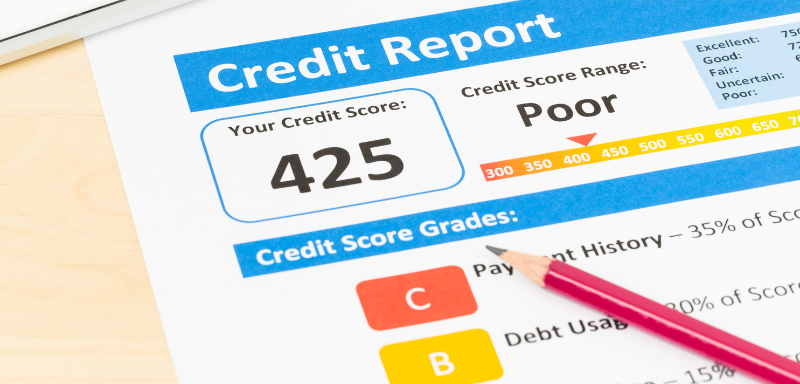
What Is a Bad Credit Score? (And How to Fix It!)
What is a bad credit score? Dive into the world of credit scores with our insightful blog post. Learn what makes a credit score go south!
Keep Reading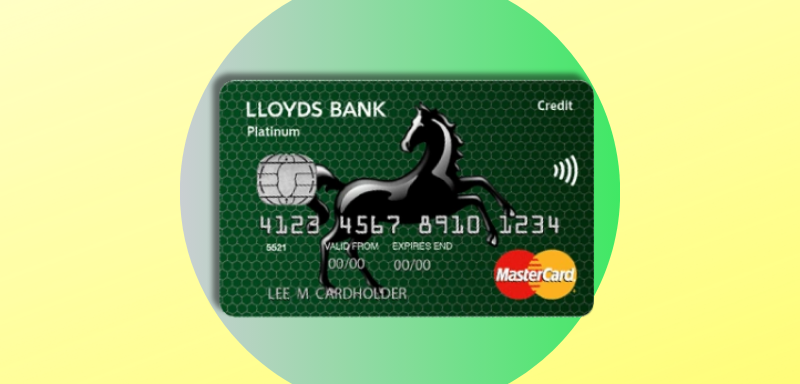
Lloyds Bank Balance Transfer Credit Card review: Simplify Your Finances
The Lloyds Bank Platinum Balance Transfer Credit Card is a powerful tool for debt management. Check its features, fees, and how to apply!
Keep ReadingYou may also like
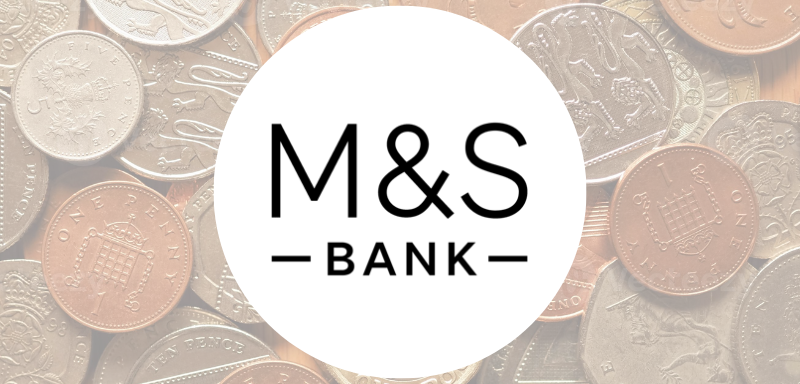
M&S Bank Personal Loan Review: Your Key to Flexible Borrowing
Looking for a personal loan? Check out our M&S Bank Personal Loan review for everything you need to know about rates, fees, and eligibility.
Keep Reading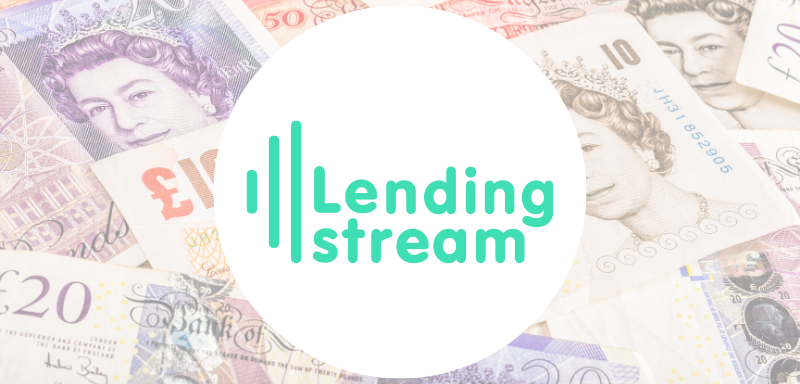
Lending Stream Loans Review: Quick-trigger Help
Lending Stream Loans is quick to lend, but be aware of the interest rates. Check out what it has to offer right here and now!
Keep Reading
Balance Transfer Calculator: Compare, Plan, and Maximize Your Savings
Find out how much you could save with a balance transfer calculator. Compare credit card offers and fees in one simple tool.
Keep Reading